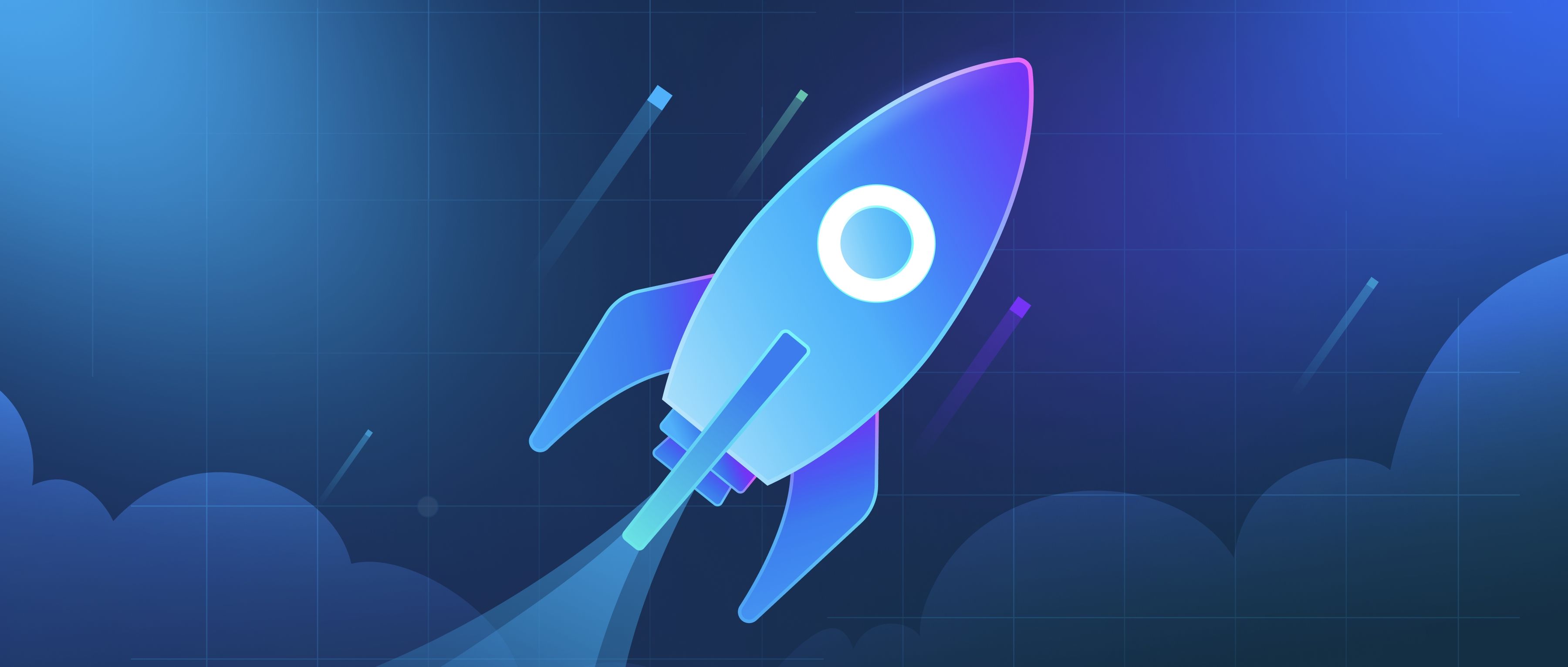A Computer Vision Software Engineer specializes in creating and optimizing software that enables machines to interpret and understand visual data. This role typically involves developing algorithms for tasks like image classification, object detection, image segmentation, and motion tracking. Software engineers in this field work with large datasets, design and implement neural network models, and deploy these models in production environments. For example, a computer vision software engineer might develop an algorithm to automatically identify and categorize products in a warehouse, improving inventory management. They might also work in autonomous vehicles, creating algorithms to detect pedestrians, traffic signals, or other vehicles in real-time, ensuring safe navigation. Besides implementing algorithms, computer vision engineers often collaborate with cross-functional teams to integrate computer vision systems into broader applications. This could involve working with mobile app developers to incorporate camera-based features like facial recognition or augmented reality, or collaborating with hardware engineers to optimize performance on embedded systems with limited resources. Another part of the role includes performance optimization—improving the speed and accuracy of vision algorithms, which may involve techniques like model pruning or using hardware acceleration (GPUs). Additionally, computer vision engineers need to stay updated on the latest developments in the field and continuously improve existing models by leveraging advances in deep learning and machine learning. This role requires a blend of software engineering skills and domain-specific knowledge in machine learning and computer vision.
What does Computer Vision software engineer do?

- The Definitive Guide to Building RAG Apps with LangChain
- Master Video AI
- GenAI Ecosystem
- Retrieval Augmented Generation (RAG) 101
- Optimizing Your RAG Applications: Strategies and Methods
- All learn series →
Recommended AI Learn Series
VectorDB for GenAI Apps
Zilliz Cloud is a managed vector database perfect for building GenAI applications.
Try Zilliz Cloud for FreeKeep Reading
Why does LangGraph need a vector database like Milvus?
LangGraph relies on dynamic knowledge retrieval to keep its agents accurate and grounded. Each node in a graph can repre
What is the role of open standards in open-source?
Open standards play a crucial role in the open-source ecosystem by promoting interoperability, accessibility, and collab
Can data augmentation simulate real-world conditions?
Yes, data augmentation can simulate real-world conditions, making it a valuable tool for developers working on machine l